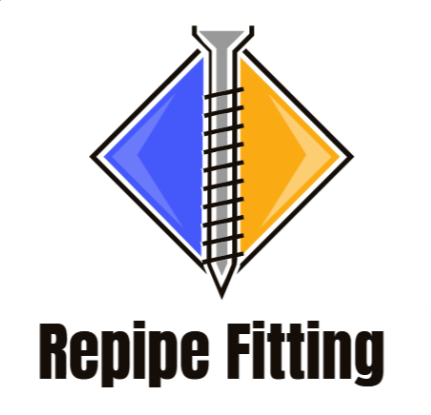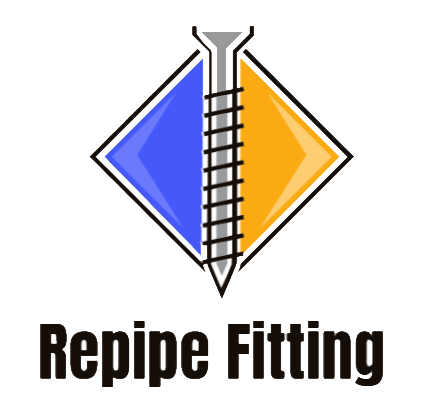Introduction:
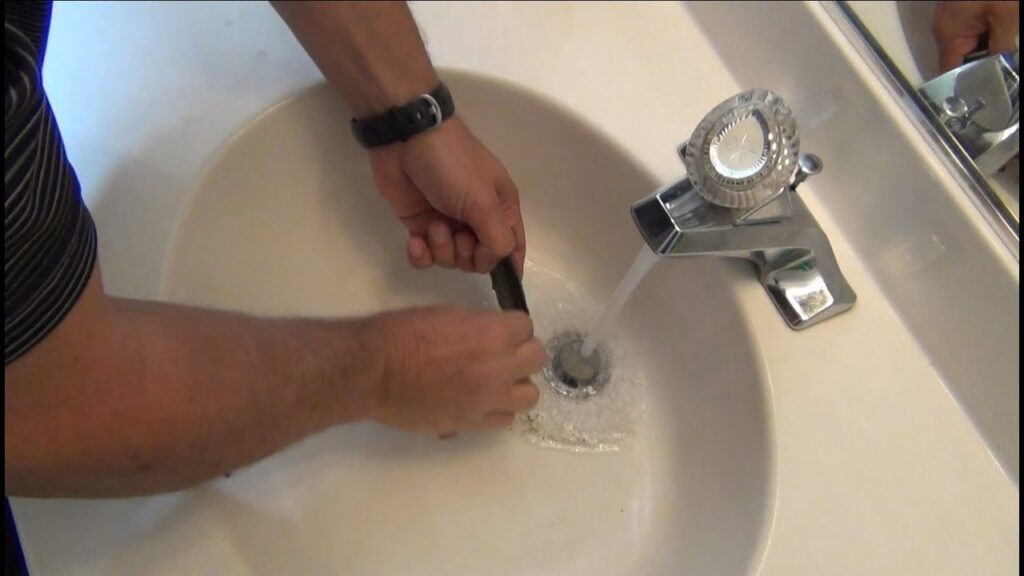
Ah, the dreaded clogged bathroom sink. We’ve all been there, haven’t we? One day, your sink is draining perfectly, and the next, it’s a stagnant pool. But fear not! Whether you’re a DIY enthusiast or someone who’s never touched a plunger, this guide is for you. Let’s dive into the world of plumbing and explore effective ways how to unclog a bathroom sink.
The common issue of clogged bathroom sinks:
Clogged sinks are a common household nuisance. Often, the culprits behind these blockages are hair clumps, grease, toiletries, and debris like soap scum from liquid bath soaps. Over time, these materials accumulate, leading to slow drainage or even complete obstruction in sink drains. And while a sink clog might seem like a minor inconvenience, if left untreated, it can lead to bigger plumbing problems.
Importance of timely resolution:
Addressing a clogged sink promptly is crucial. Not only does it prevent the inconvenience of a sink backup, but it also safeguards against potential damage to your plumbing system. Ignoring the issue can result in damaged pipes or even a problematic sewer line, which might require a camera inspection by a professional plumber.
1. Causes of Sink Clogs:
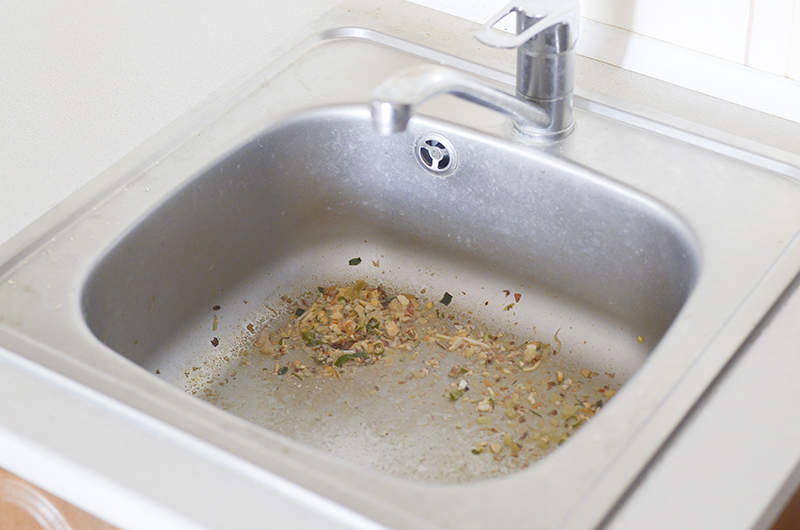
Understanding the root cause of a clogged sink is half the battle. Once you know what’s causing the blockage, you can tailor your unclogging method to address it effectively. Let’s delve into the common culprits behind those pesky sink clogs.
Hair Accumulation:
One of the primary reasons for a clogged bathroom sink is hair accumulation. Whether it’s from shaving or simply washing your face, hair can easily get trapped in the drain. Over time, these hair clumps mix with other debris, leading to a stubborn sink clog.
Grease Build-up:
Oils and grease from face creams, lotions, or even after-shave can accumulate inside the sink. This grease, combined with other debris, can lead to blockages that slow drainage and create plumbing problems.
Toiletries & Debris:
It’s not just hair and grease you need to worry about. Toiletries like cotton swabs, dental floss, and even paper towels can get lodged in sink drains. These items don’t dissolve easily, leading to obstructions in the line.
Soap & Soap Scum:
Liquid soaps, especially liquid bath soaps, can create suds that leave behind soap scum. This scum can adhere to the sides of the pipes, trapping hair and other debris, and eventually causing a sink clog.
Deeper Obstructions:
Sometimes, the issue isn’t in the immediate sink drain but further down the sewer line. This might require more advanced methods, like a camera inspection, to diagnose and address.
Damaged Pipes:
Old or damaged pipes can have rough interiors or even breaks, which can catch debris and lead to blockages. If you’re facing recurring clogs, it might be time to check the condition of your pipes.
2. Simple Home Remedies:
Before you dive into the world of professional plumbing or spend a fortune on chemical solutions, there are a few tried-and-true home remedies to unclog your bathroom sink. These DIY methods are not only effective but also environmentally safe, ensuring you’re not pouring harmful chemicals down your drain.
Baking Soda and Vinegar:

A Chemical Reaction That Helps in Unclogging:
This dynamic duo is a staple in many households for cleaning, but did you know it’s also a powerful clog remover? Here’s how to use it:
First, pour a cup of baking soda down the clogged sink drain. Follow it up with an equal amount of vinegar. You’ll witness a fizzing reaction – that’s the magic happening! This reaction helps break down hair clogs, grease, and other obstructions. After letting it sit for 30 minutes, rinse with boiling water to clear the debris.
Boiling Water:
Melting Away Obstructions for a Quick Fix:
Sometimes, the simplest solutions are the most effective. Boiling water can melt away soap scum, grease, and other organic waste material that might be causing the blockage.
Boil a kettle or pot of water. Slowly pour the boiling water down the sink drain in two to three stages, allowing the hot water to work for several seconds between each pour.
Vinegar & Baking Soda Solution:
A Potent Mix for Tougher Clogs:
For those stubborn clogs that need a little extra push, combining vinegar and baking soda can be the answer. This solution is a bit more concentrated and can tackle tougher blockages.
Mix half a cup of baking soda with a cup of vinegar in a bowl. Pour the solution down the clogged sink drain and let it sit for an hour. Follow up with boiling water to ensure the clog is completely cleared.
3. Mechanical Methods:
When simple home remedies don’t do the trick, it’s time to roll up your sleeves and get a bit more hands-on. Mechanical methods involve using tools to physically remove or break down the obstruction causing the clog. Let’s explore some of the most effective mechanical techniques to unclog your bathroom sink.
Using a Plunger:
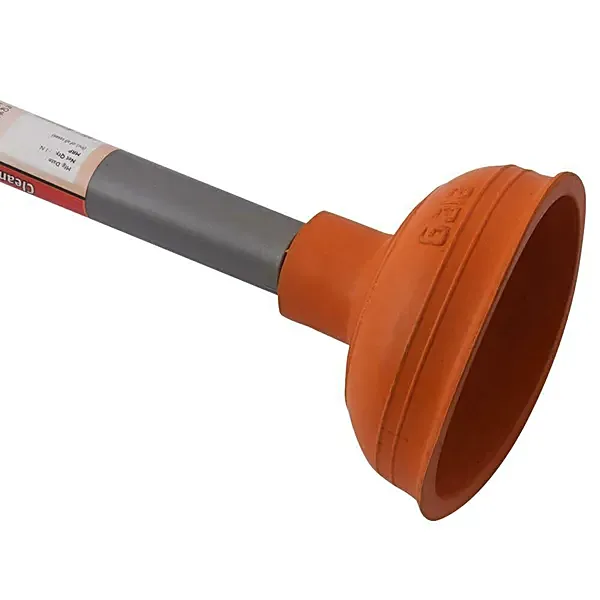
Effective for both toilets and sinks:
The trusty plunger isn’t just for toilets! It can be a lifesaver for clogged sinks too. Here’s how to use it:
Fill the sink with enough water to cover the plunger’s rubber part. Place the plunger over the drain, ensuring a good seal. Push down and pull up vigorously several times to create suction. Remove the plunger and check the drainage. Repeat if necessary. Remember, the key to an Effective Plunger Technique is ensuring a good seal and using vigorous suction.
“Zip-It” Drain Cleaning Tool:
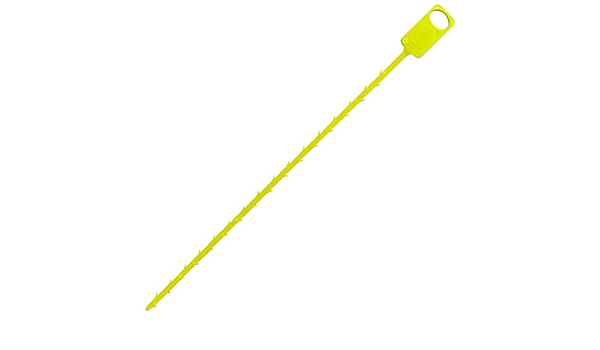
Specifically for hair clumps:
This handy tool is a lifesaver, especially if hair clogs are your nemesis. The Zip-It tool is designed to snag hair and pull it out.
Insert the Zip-It tool into the drain. Wiggle it around to catch hair and debris. Slowly pull it out, bringing the obstruction with it. Dispose of the debris and rinse the tool for future use.
Drain Snake or Auger:
For deeper clogs and obstructions:
When the obstruction is further down the drain, a drain snake or auger can come to the rescue.
Insert the end of the drain snake into the sink drain. Turn the handle to extend the auger, breaking up obstructions. Once you feel resistance, rotate the snake to break up the clog. Pull out the snake, bringing the debris with it.
Cleaning the P-Trap:
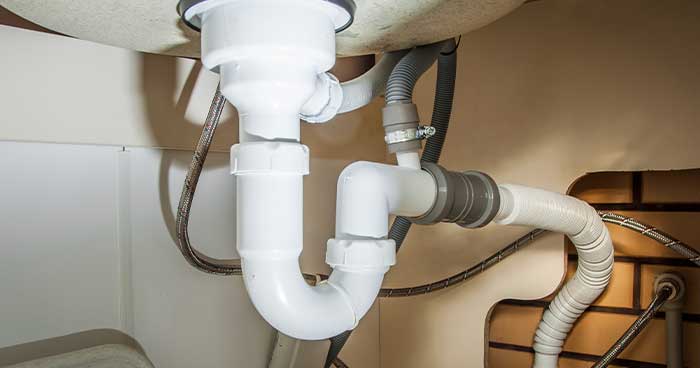
Clearing debris from the curved pipe section:
The P-trap is the U-shaped pipe under your sink. Sometimes, debris accumulates here, causing blockages.
Place a bucket under the P-trap to catch any water or debris. Unscrew the P-trap using your hands or a wrench. Empty the contents of the P-trap into the bucket. Clean the P-trap with a brush or sponge, ensuring all debris is removed. Reattach the P-trap, ensuring all connections are tight.
4. Commercial Solutions:
While DIY methods are fantastic for minor clogs, sometimes you need a bit more firepower to tackle those stubborn blockages. Commercial solutions, available at most hardware stores, can be a powerful ally in your battle against clogs. However, it’s essential to use them wisely to avoid potential damage.
Enzymatic Drain Cleaners: Environmentally Safe Cleaners with Bacteria:
Enzymatic drain cleaners are a green solution to your clogged sink woes. They contain bacteria that eat away at the organic waste material in your drain, such as hair and food waste.
Pros:
Environmentally safe and won’t harm your pipes. Effective against organic blockages.
Cons:
Might take longer to work compared to chemical solutions. Not as effective against inorganic blockages like soap scum or grease.
Chemical Drain Cleaners: Caution is Advised Due to Potential Pipe Damage:
These are potent solutions that can dissolve most blockages in your bathroom sink. However, they come with their own set of challenges.
Pros:
Fast-acting and can dissolve most clogs. Easily available at most stores.
Cons:
Can be harmful to the environment. Prolonged use can damage pipes. Safety precautions are a must! Always wear safety goggles and gloves. When using chemical solutions, always read the label and follow the manufacturer’s instructions. And remember, if you’re concerned about the environmental impact, consider Environmental Considerations in Clog Removal.
5. When to Call a Professional:
There comes a time when even the most determined DIY enthusiast needs to admit defeat and call in the experts. Recognizing when you’re out of your depth can save you time, money, and further plumbing problems.
Recognizing When DIY Methods Aren’t Enough:
If you’ve tried multiple methods and the water still isn’t draining. When you notice slow drainage in multiple fixtures, indicating a problem further down the sewer line. If there’s a recurring clog, even after clearing it multiple times. When you suspect damaged pipes or other plumbing problems.
Benefits of Professional Intervention:
Expertise: A professional plumber has the knowledge and tools to address even the most stubborn clogs.
Advanced Methods: From camera inspections to hydraulic pressure for clog removal, professionals have a range of advanced methods at their disposal.
Long-term Solutions: Instead of a quick fix, a plumber can provide solutions that prevent future clogs.
6. Preventive Measures:
The best way to deal with a clogged bathroom sink is to prevent it from happening in the first place. By adopting a few simple habits and routines, you can ensure that your sink remains free-flowing and clear. Let’s delve into some preventive measures that can save you from the hassle of a blocked drain.
Regular Cleaning Routines:
Consistency is key when it comes to maintaining a clog-free sink. Here’s a simple routine to adopt:
Weekly: Pour boiling water down the sink to melt away minor obstructions like oil buildup.
Monthly: Use a mixture of baking soda and vinegar, followed by boiling water, to break down potential blockages.
Annually: Consider a professional inspection, especially if you’ve faced multiple clogs in the past. A Camera inspection can identify deeper issues in the sewer line.
Avoiding Disposal of Inappropriate Items in the Sink:
Your sink isn’t a trash can. Avoid disposing of:
Grease and oils: They solidify upon cooling, leading to blockages.
Hair: Always clean hair from the sink after shaving or combing.
Toiletries: Items like cotton swabs, dental floss, and paper towels should be discarded in the trash.
Large food particles: Use a compost or trash bin.
Using Sink Strainers:
A simple yet effective tool, sink strainers catch debris, preventing them from going down the drain. Ensure you clean the strainer regularly to avoid buildup.
Conclusion:
Unclogging a bathroom sink can seem daunting, but with the right knowledge, tools, and preventive measures, you can keep your sink flowing smoothly. Remember, prevention is always better than cure. By adopting regular cleaning routines, being mindful of what goes down your drain, and using tools like sink strainers, you can drastically reduce the chances of facing a clogged sink. However, if you ever find yourself in a bind, don’t hesitate to seek Professional Plumbing Services Consultation. They’re equipped with the expertise and tools to tackle even the most stubborn clogs. Keep your drains clear, and happy plumbing!
FAQ :
Navigating the world of plumbing, especially when it comes to a clogged bathroom sink, can be a bit overwhelming. Here are some frequently asked questions to help you understand the intricacies of sink maintenance and unclogging.
Q1: How often should I clean my bathroom sink drain?
Q1: How often should I clean my bathroom sink drain?
Answer: Ideally, you should give your bathroom sink a quick clean every week using boiling water or a mixture of baking soda and vinegar. This regular maintenance can prevent the buildup of hair clogs, soap scum, and other debris. For a more thorough cleaning, consider using enzymatic drain cleaners or other DIY methods once a month. Remember, prevention is key to avoiding stubborn clogs.
Q2: Are chemical drain cleaners safe for all pipe types?
Q2: Are chemical drain cleaners safe for all pipe types?
Answer: Chemical drain cleaners are potent and can effectively dissolve most clogs. However, they can be harsh on certain pipe materials, especially older metal pipes or PVC. Prolonged use can lead to damaged pipes. It’s essential to read the product label and ensure it’s safe for your plumbing system. If in doubt, opt for Environmentally safe solutions like enzymatic cleaners.
Q3: How do I know if the clog is due to damaged pipes?
Answer: If you’ve tried multiple methods to unclog your sink and the problem persists, or if you notice slow drainage in multiple fixtures, it might indicate an issue deeper in the sewer line or damaged pipes. A professional Camera inspection can help identify the root cause.
Q4: Can regular use of boiling water prevent clogs?
Answer: Absolutely! Regularly pouring boiling water down your sink can help melt away minor obstructions like oil buildup and prevent the formation of blockages. It’s a simple, environmentally friendly preventive measure.
Q5: What’s the difference between a sink plunger and a toilet plunger?
Answer: While both are designed to create suction and clear clogs, they have different shapes. A sink plunger has a flat bottom, making it suitable for flat surfaces like sinks. In contrast, a toilet plunger has a flanged or bell-shaped bottom, designed to fit snugly in a toilet’s drain.
